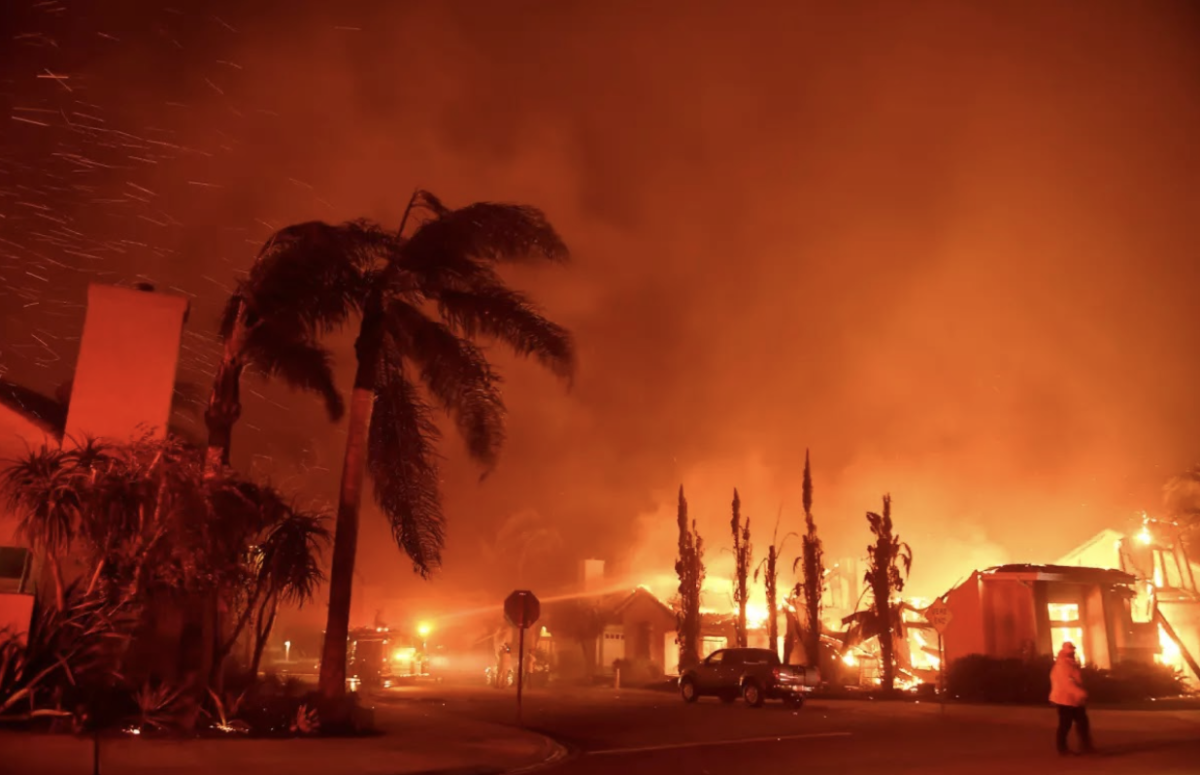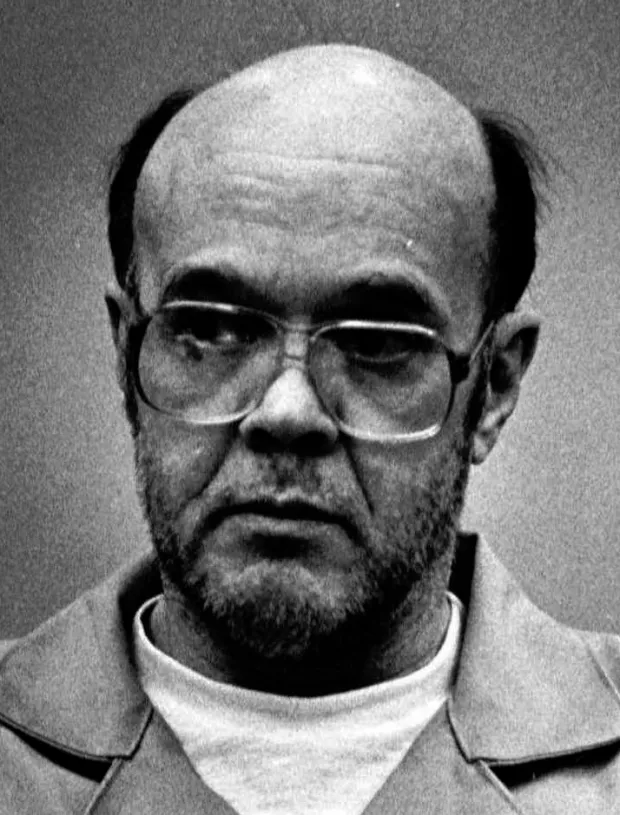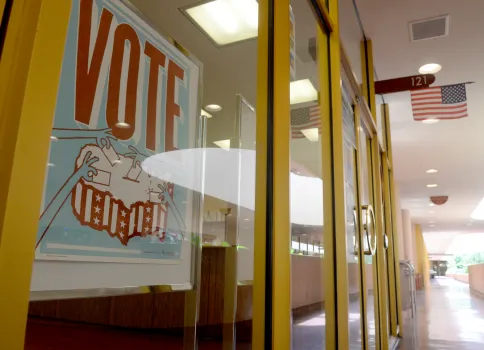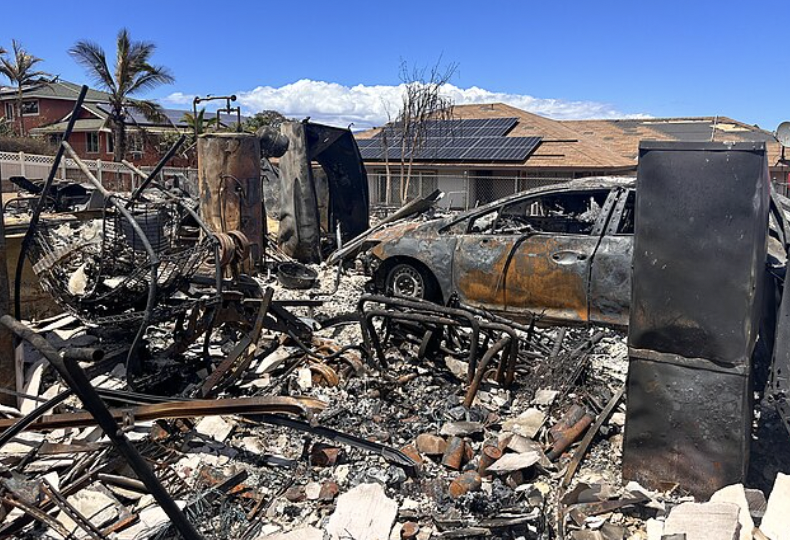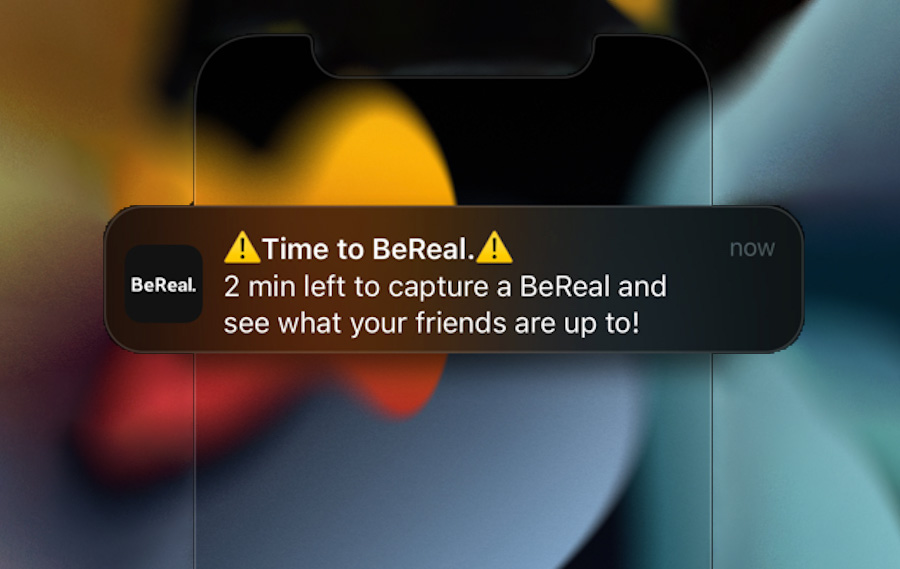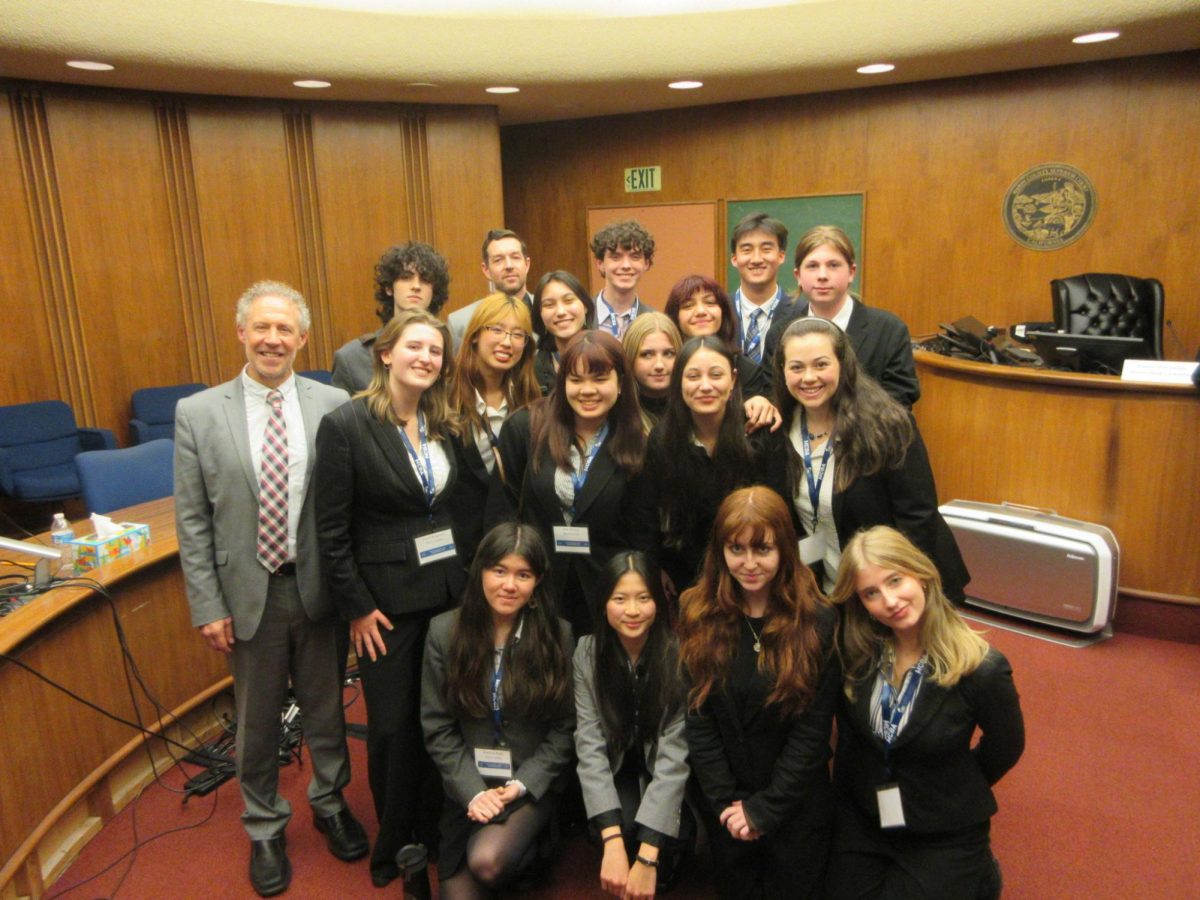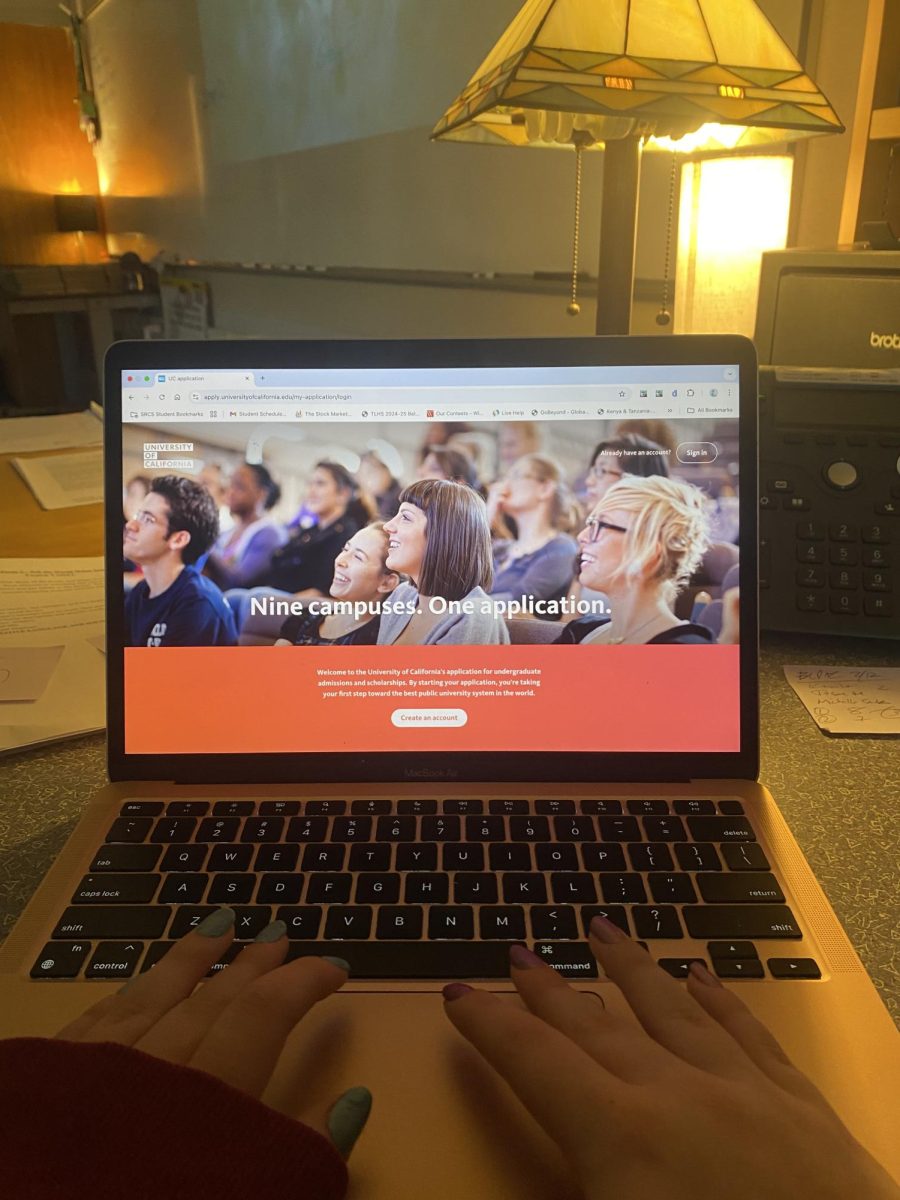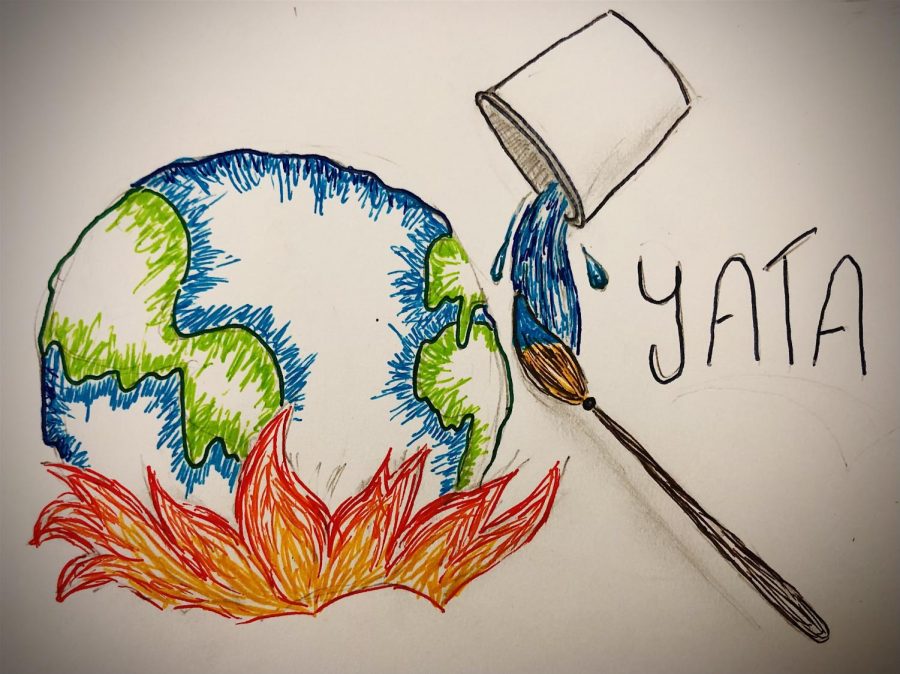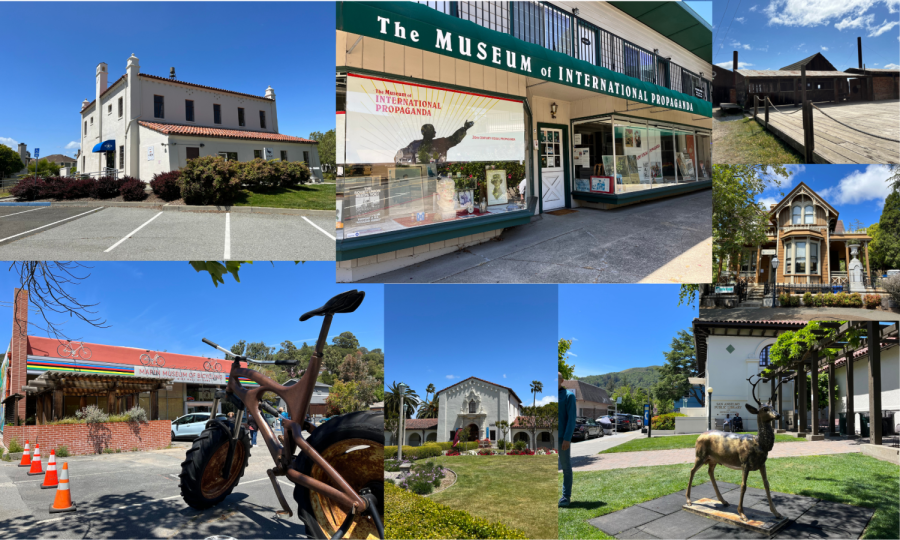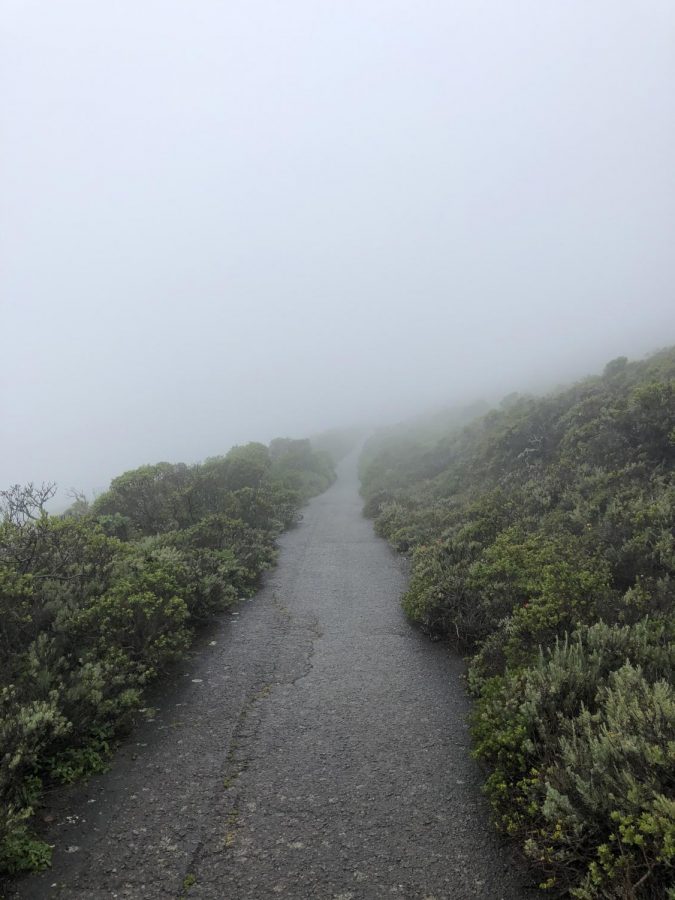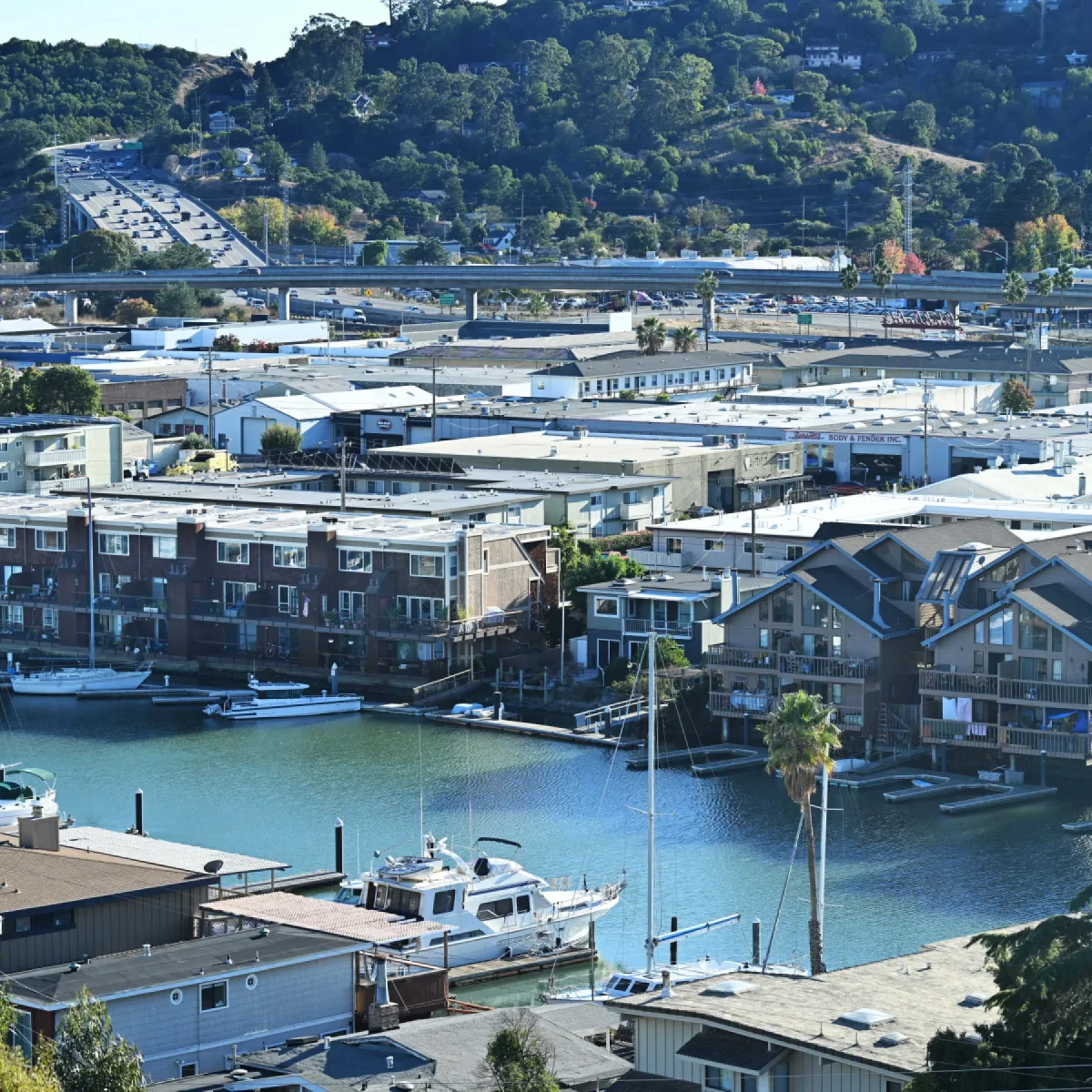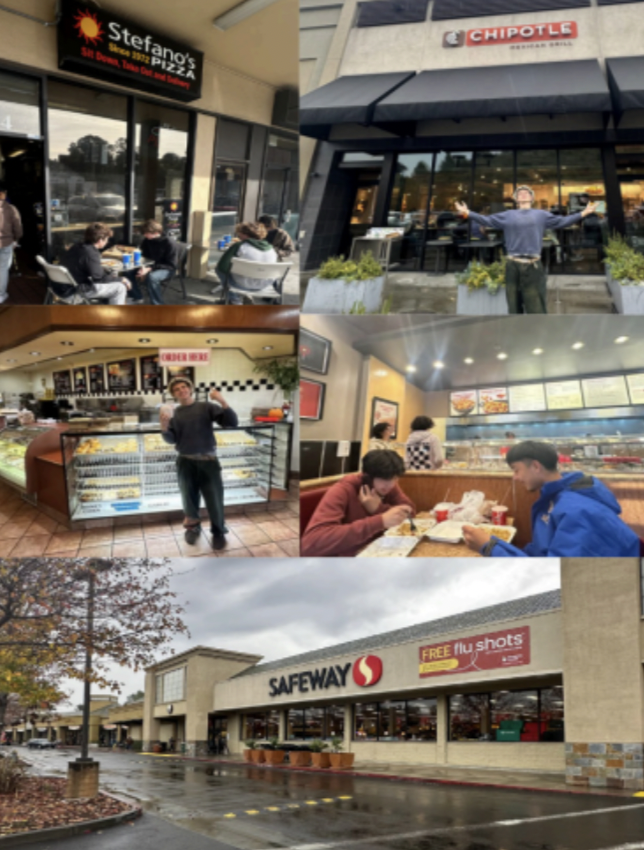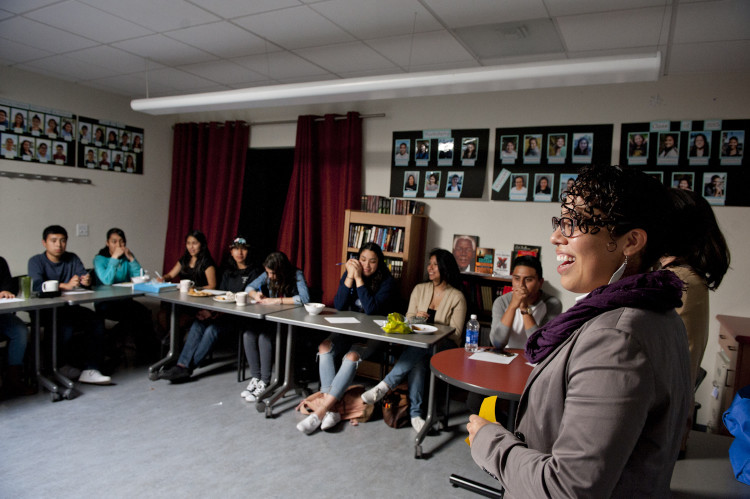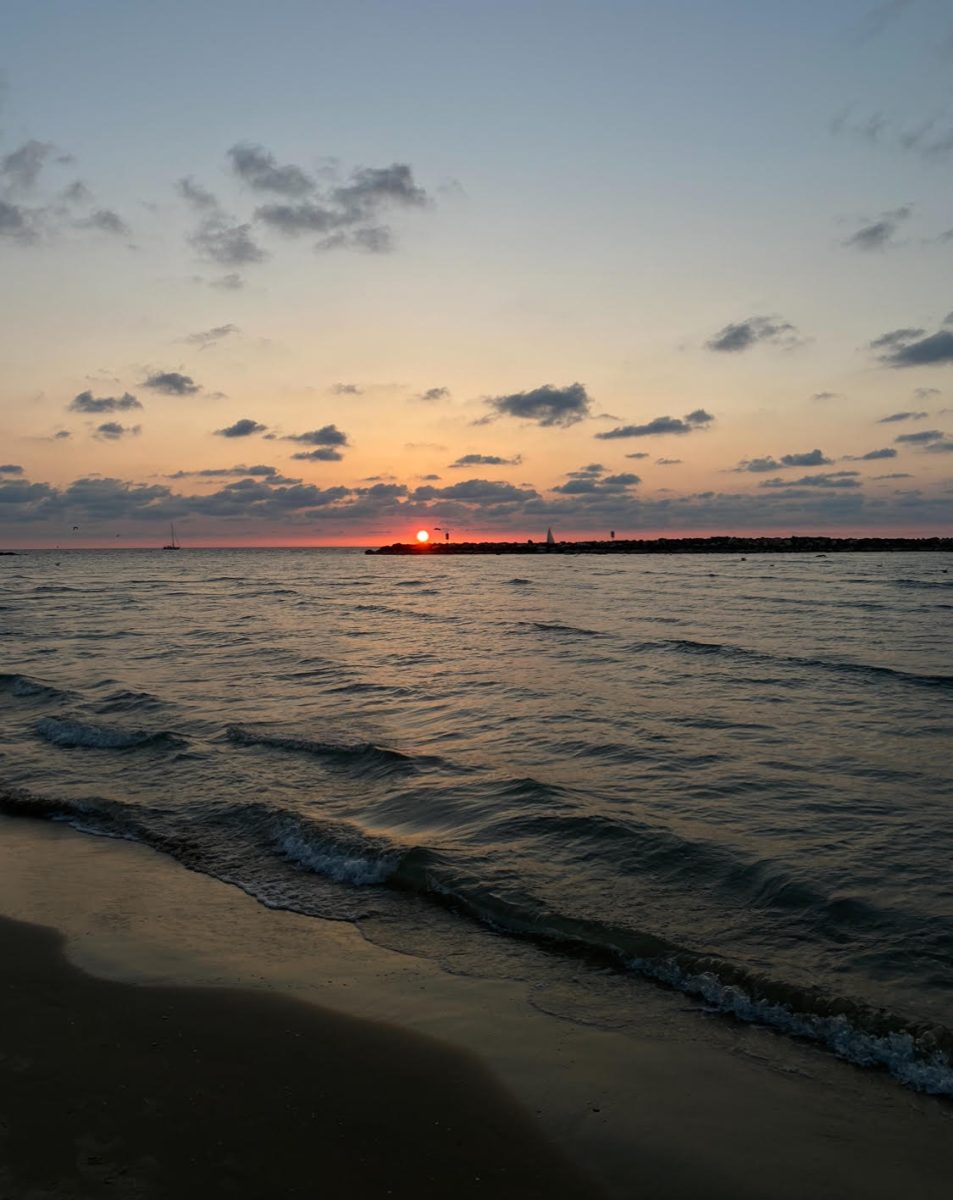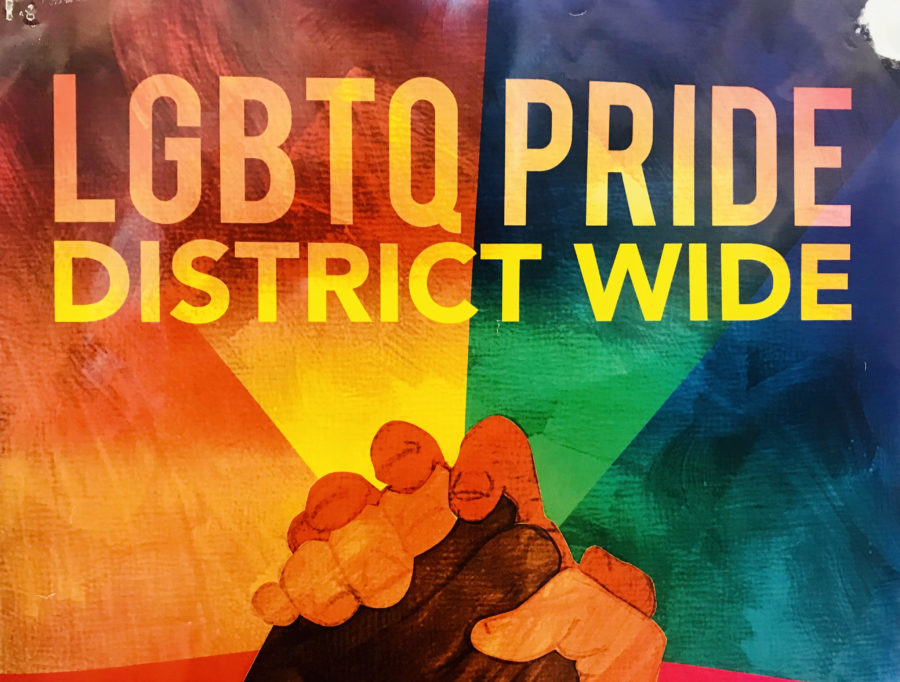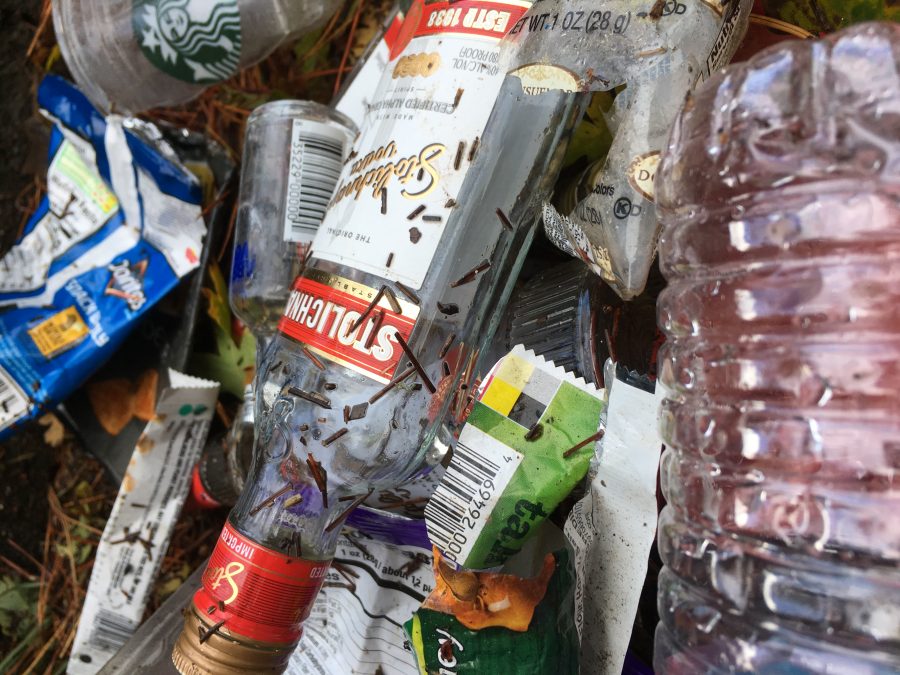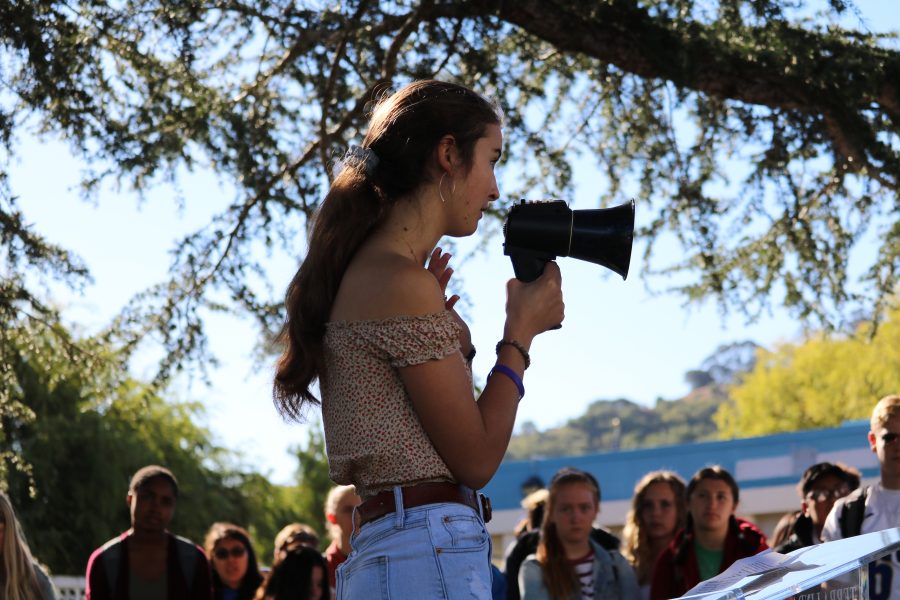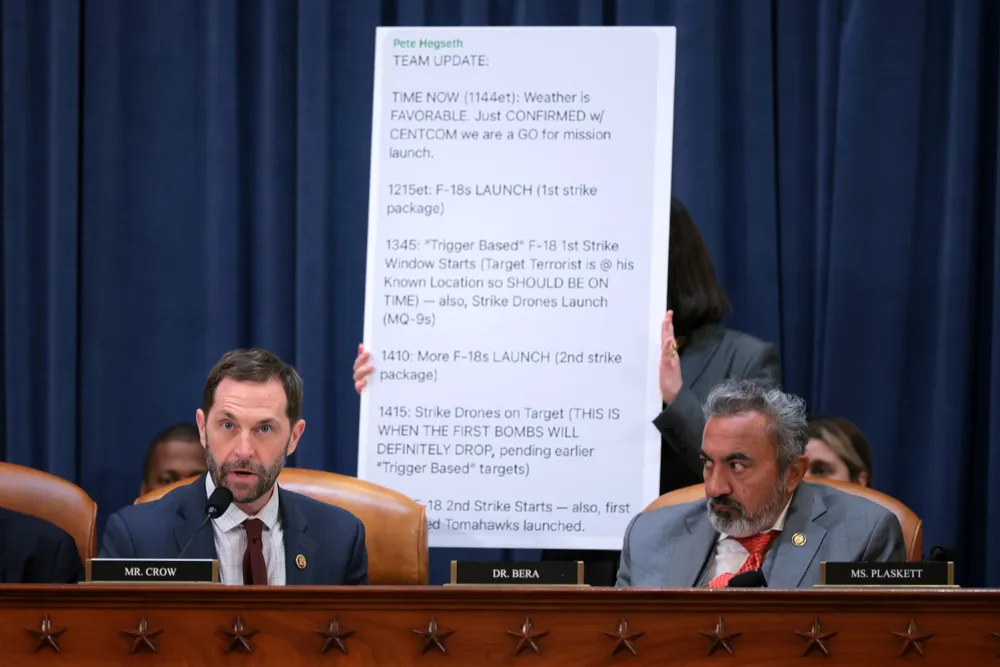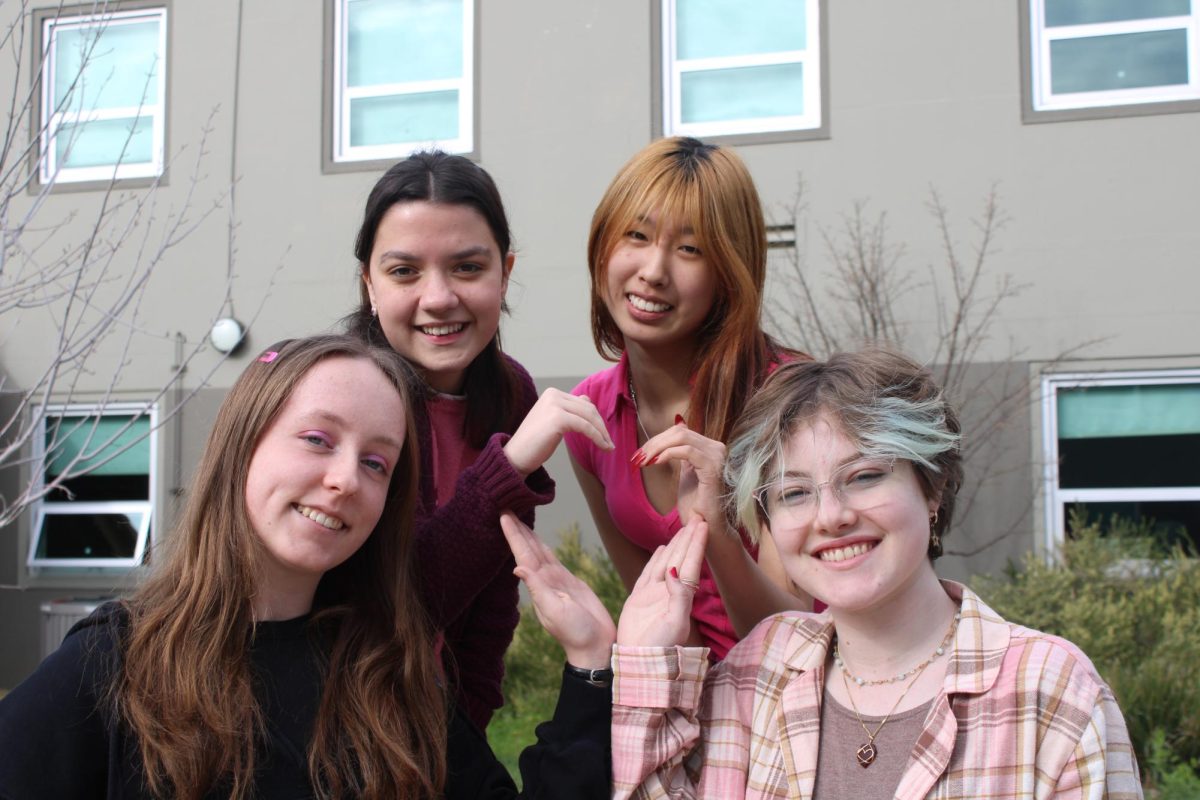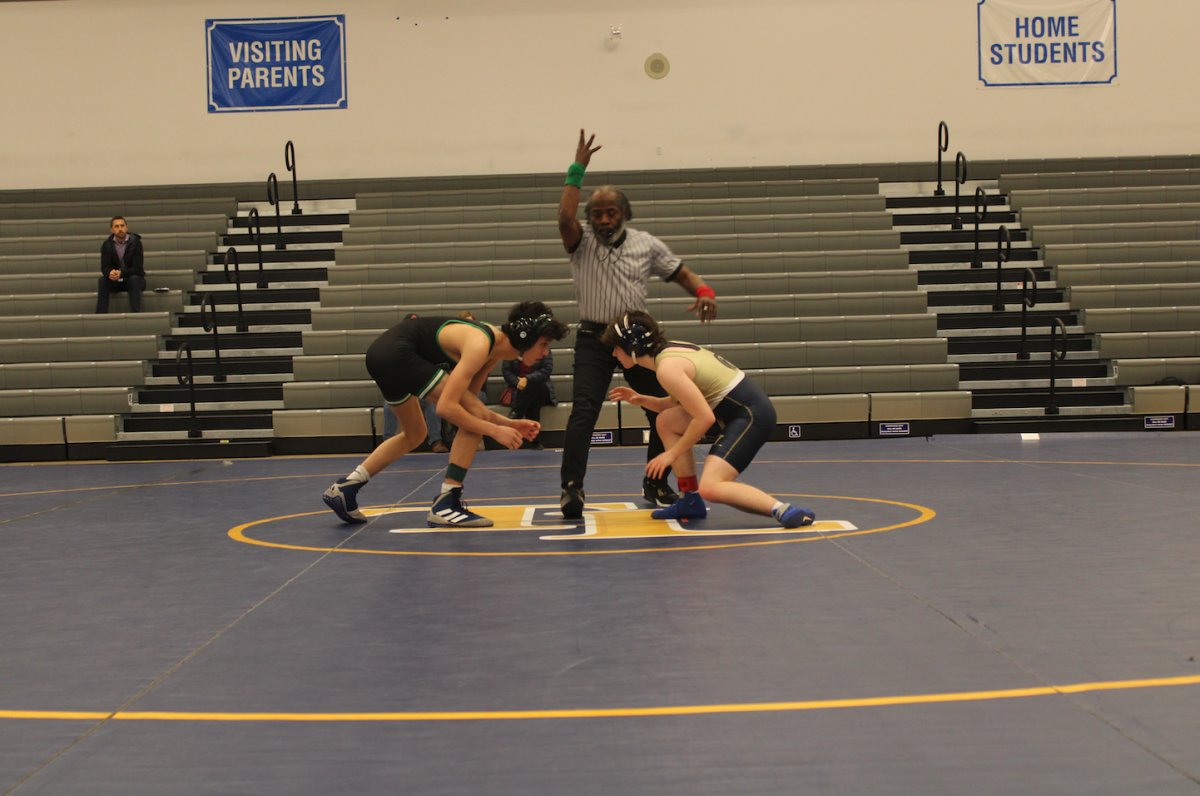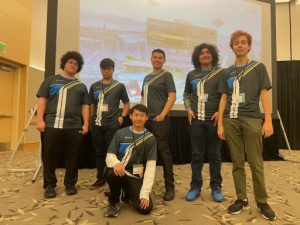State on Fire
November 13, 2019
Northern California is in a panic, scrambling for resources and several evacuation orders throughout the state. The Kincade fire ignited in Geyserville October 23, but quickly spread. By the 25th, the fire consumed 22,000 acres with a 5% containment rate. The following Monday the fire had tripled to 66,231 acres,with no progress, firefighters maintaining its 5% containment. California’s drought in 201, and has quickly made progress to its land. The burning trend began in 2017 with the Tubbs fire in Sonoma County.
Last year, a wildfire in Paradise, CA sparked due to PG&E’s outdated equipment. On our previous fire season, which was last year, they had claimed responsibility of the origin of these fires. To mitigate these fires, PG&E initiated public safety power shut-offs, issued to most areas in Northern California. Power shut-offs began on Saturday, October 26 power throughout Northern California and are still trying to be restored to date in cities up north..
Residents of these cities are still upset with PG&E’s negligence. In the earlier stages of the shut-offs, PG&E failed to notify 23,000 customers including 500 with medical conditions. Businesses that continued to stay open had to use generators to preserve their food; others who didn’t lost thousands in potential revenue. TL Junior Richard Blackwell works at Scotty’s Market. “We had to close for a day and we lost around $80,000 worth of products, but since we had to close for a day, the estimated loss was around $200,000.” These losses cost both the business and community because closing poses risks. They have two choices: renting a generator that costs hundreds of dollars a day, or closing for the shutoff period.Despite this, “PG&E only offered us $250 in return.” PG&E has been in trouble ever since it filed for bankruptcy on January 29, 2019 and has since received backlash from customers and community members for its role in these wildfires.
Schools across the Bay Area have also closed during the shutoffs. San Rafael City Schools District closed all schools and any planned activities from Monday to Wednesday due to the lingering smoke. Senior Kunal Lohtia stated, “My power was out for three days. We still had cell service but we didn’t have any lights or Wi-Fi, so I couldn’t really do much in my own house besides homework and college applications …we still had water, but our refrigerator stopped working, so a lot of our food was spoiled.” These statements reflect the experience of many.
Hot embers and ash also spread across the causing fires spread to Vallejo, causing the shutdown of the I-80 Carquinez Bridge on Sunday as a result of the 200-acre fire that began burning in Crockett. On Sunday afternoon, the California Maritime Academy Campus had one building burned down. These hot embers can easily spread from the source of the fire to nearby dry vegetation. With historical winds on the 25th, the conditions did not improve.
Looking into the future, we can hope to see PG&E collaborating with available resources at their disposal to prevent the spread of these disastrous fires that have the potential to damage communities as much as they damage people. Senior, Gustavo Moraes, suggested “PG&E should do what San Diego did, and put the power lines underground. It’s more expensive, but it will save them a lot more money and lawsuits in the long run, and will prevent more power shutoffs in the future.”

